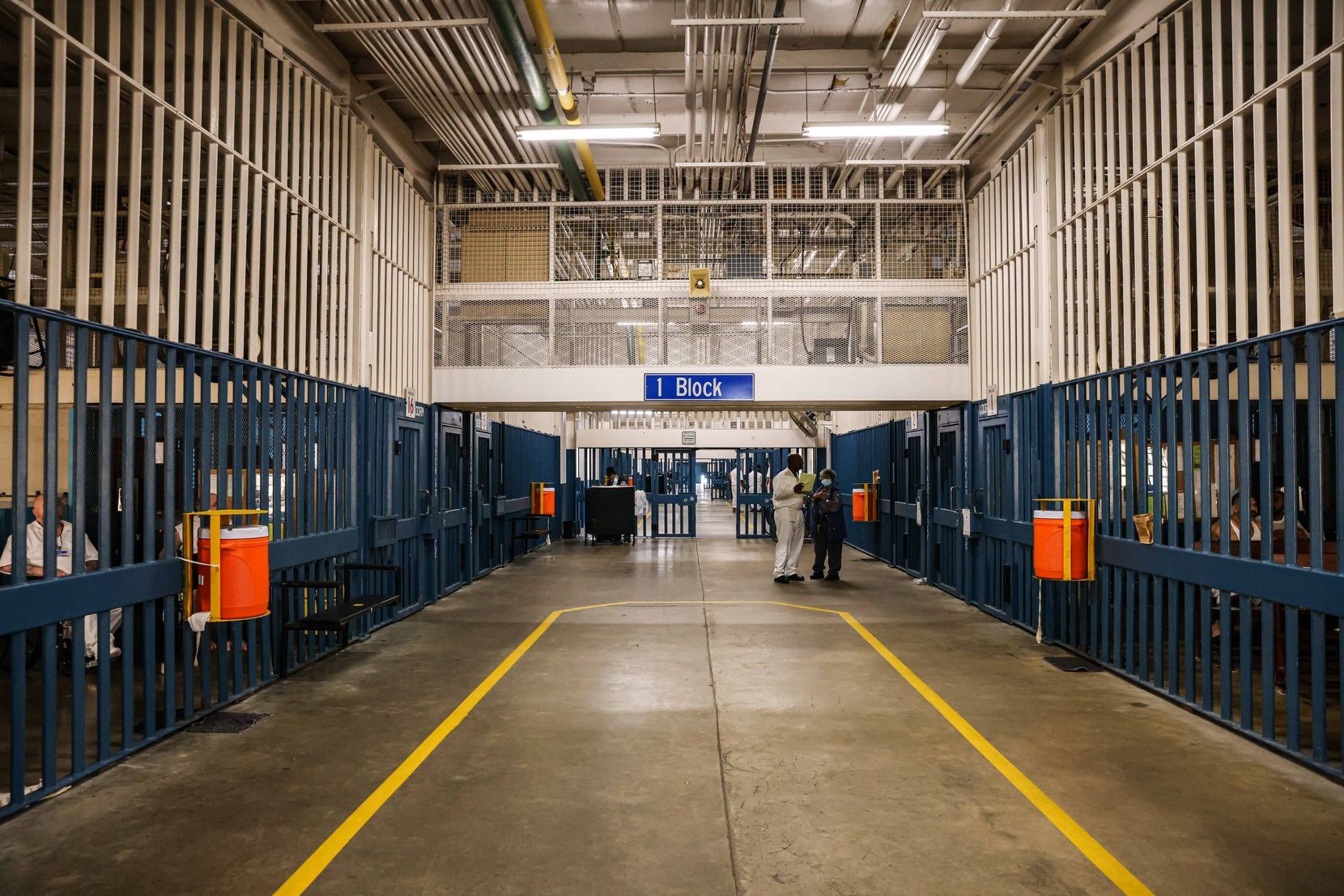Revving Up the Future: How Richard P. LeBlanc Unit is Transforming the Automotive Industry with Leblanc Cars
The Richard P Leblanc Unit is a renowned research center dedicated to advancing the field of automotive engineering and technology. Based in Canada, the unit is named after its founder, Richard P Leblanc, a renowned expert in the field of automotive engineering and safety. Established in the 1980s, the Richard P Leblanc Unit was founded with the goal of advancing the field of automotive engineering through cutting-edge research and innovation.
The Richard P Leblanc Unit: A Pioneer in Automotive Research and Innovation
The Richard P Leblanc Unit is a renowned research center dedicated to advancing the field of automotive engineering and technology. Based in Canada, the unit is named after its founder, Richard P Leblanc, a renowned expert in the field of automotive engineering and safety. Throughout the years, the Richard P Leblanc Unit has made significant contributions to the development of innovative automotive technologies, and its research has had a profound impact on the industry.
History and Mission
Established in the 1980s, the Richard P Leblanc Unit was founded with the goal of advancing the field of automotive engineering through cutting-edge research and innovation. The unit's mission is to develop technologies that improve vehicle safety, performance, and sustainability while reducing the environmental impact of automotive production. Over the years, the unit has collaborated with major automotive manufacturers, academia, and government agencies to achieve its mission.
Research Focus
The Richard P Leblanc Unit has a diverse range of research focus areas, including:
Crashworthiness and Vehicle Safety
The unit's research in crashworthiness and vehicle safety aims to develop technologies that minimize the risk of injury and damage in the event of a crash. This involves the development of advanced safety systems, such as autonomous emergency braking and lane departure warning systems.
Powertrain Efficiency and Emissions Reduction
The unit's researchers are working to develop more efficient and sustainable powertrains, including electric vehicle (EV) and hybrid vehicle technology. This includes the development of advanced battery management systems, electric motor technology, and optimized engine management systems.
Lightweight Materials and Manufacturing
The unit's research in lightweight materials and manufacturing aims to develop innovative materials and manufacturing techniques that reduce the weight of vehicles while maintaining their structural integrity. This can lead to improved fuel efficiency, reduced emissions, and increased safety.
Advanced Vehicle Technologies
The unit's researchers are exploring new and innovative vehicle technologies, including:
Autonomous Vehicles
The unit is conducting research on autonomous vehicles, including the development of advanced sensing and mapping technologies, as well as the integration of autonomous systems with human-driven vehicles.
Electromobility
The unit is working on the development of electromobility solutions, including the design and testing of electric vehicles, energy storage systems, and charging infrastructure.
Impact and Collaborations
The Richard P Leblanc Unit has made significant contributions to the automotive industry, including:
Industry Partnerships
The unit has collaborated with major automotive manufacturers, including General Motors, Ford, and Nissan, on research projects and technology development.
Government Grants
The unit has received funding from government agencies, including the Canadian government's Natural Sciences and Engineering Research Council (NSERC), to support its research initiatives.
International Collaborations
The unit has collaborated with international research institutions, including the University of Michigan and the University of California, Los Angeles (UCLA), on research projects and technology development.
Conclusion
The Richard P Leblanc Unit is a leading research center in the field of automotive engineering and technology. Its research focus areas, including crashworthiness and vehicle safety, powertrain efficiency and emissions reduction, lightweight materials and manufacturing, and advanced vehicle technologies, have made significant contributions to the development of innovative automotive technologies. The unit's partnerships with industry, government, and academia have enabled it to drive innovation and advance the field of automotive engineering, ultimately leading to safer, more efficient, and more sustainable vehicles for the future.
Sadean Areas



















